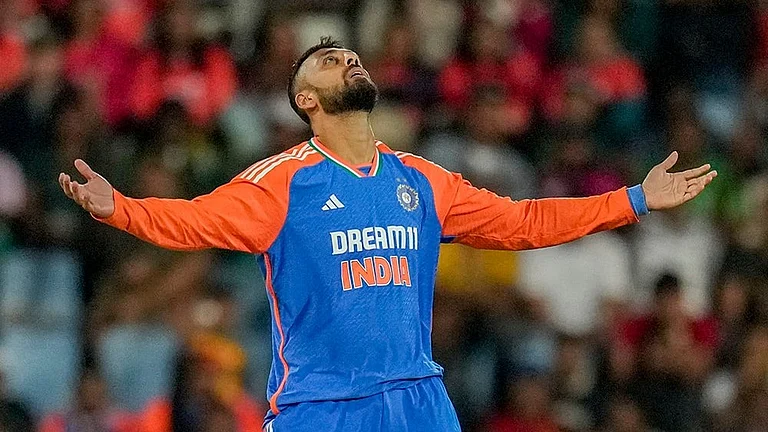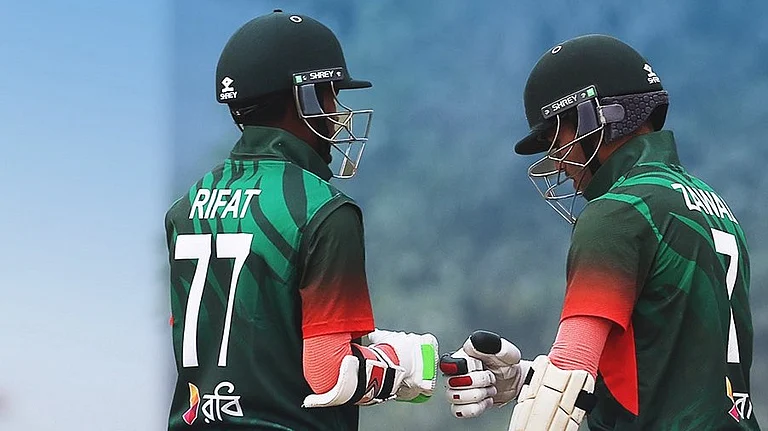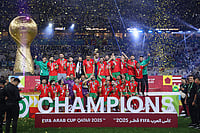
In The Frothsam
The distinguished Indian sociologist is apoplectic. I have just delivered to a largely Italian and Western audience in the Venetian seminary of San Giorgio di Maggiore my intervention on ‘Islam in India and Europe: Past and Present’. “Sheer propaganda,” says the academic, “sounds like a press release from an Indian diplomatic mission.” I’m suitably chagrined, but, unfortunately, he has to leave after the coffee-break and can’t challenge me in the Q&A session that follows.
Us Together
I highlight India’s synthesis of her extant faiths with the message of the Prophet, particularly through the Bhakti movement, in consequence of which India became the only country in the world where Islam was neither entirely victorious nor entirely routed, but coexisted with and mutually influenced other religions. Amazingly, I underlined, despite 666 years of continuous Muslim rule, from Muhammad Ghauri’s taking of Delhi in 1192 to Bahadur Shah Zafar’s deposition by the British in 1858, India’s Muslims constituted a mere 24 per cent of the total population, as revealed by the first census in 1872. But while Islam remained a minority religion through seven centuries of Muslim rule, India’s civilisation remained a composite of the heritage of its faiths, including, of course, Islam—to the point where today it is as impossible to conceive of India without Islam as it is to conceive of Islam without India. I contrast this to the nil impact on Christendom of the comparable period of 680 years of Muslim rule in Andalusia, when the Berbers and Arabs conquered Iberia—Portugal and Spain—commencing 711 AD and ending in the rout of the Islamic Andalusian Empire in 1491. It was seven centuries of extraordinary accomplishment in every field; philosophical, cultural, academic, technological. Yet, nothing of value remained or was cherished. All that remained of the Islamo-Christian encounter was the West’s millennial relationship of mutual hostility with Islam, symbolised and aggravated by the Crusades.
A Crescent Noon
Yet, West Europe is now compelled to confront the necessity of coexistence, given that its Muslim population is likely to rise from the 16 million at present to 27 million by 2020—from 3.75 per cent at the turn of the century to over 8 per cent of the population within the decade. Muslim citizens constitute 15-16 per cent of the populations of France and Germany. What’s more, the proportion of immigrant Muslims to native-born Muslims is on a steep decline; there is no question of sending them back home—they are already home. It is the single most disturbing civilisational challenge facing the Europeans. Proof of this is to be found in the Piazza San Marco, the most renowned and most photographed quarter of Venice, now swarming with Bangladeshis flogging baubles by night and working as cooks by day, so much so that it is almost impossible in Italy today to eat a pizza or a pasta not lovingly prepared by Bangladeshi hands. None of them has the least intention of returning to Dhaka or Sylhet or Comilla or Rajshahi. They are determined that their children will become certifiable bona fide Italians. Hence, the anxious desire of European seminarians to know how we cope, so they too might learn.
To Be Continued...
The moderator, Giancarlo Bosetti, and the chief guest, former Italian PM Giuliano Amato, appear impressed with my paper, to go by their fulsome compliments. The Indian academic is incensed. So when the session resumes, I say that I’ll take any questions from the floor but I must first bring to the audience’s attention the reprimand I have received from the most distinguished Indian academic attending the meeting for the nonsense I have been spouting. I apologise if I have left them with the impression that there are no problems of integration in India; there are—and on a large scale at that. But the point I want to make is that we have a syncretic civilisational framework within which it is possible to devise solutions, whereas the issue in Europe is putting in place such a framework. We will take up the thread of our discourse when the Venice-Delhi Dialogue resumes in Delhi in October next year.
Slow Dawn
On the conference margins, I run into one of the principal organisers, Georg H. Thyssen. Undiplomatically, I ask whether he is descended from the great German industrial house of the same name that, along with Krupp, were Hitler’s principal financiers. He says the two houses have now merged and it was, indeed, a granduncle of his, Fritz Thyssen, who was Hitler’s admirer. But by the late ’30s, disillusionment had set in and his disapproval so enraged Hitler that Thyssen spent the remainder of the war in the notorious concentration camp of Dachau. One lives and learns.
For an amusing spectacle, stand on one of Venice’s many bridges and watch as gondoliers serenade elderly Japanese couples (the only ones who can afford the experience) who sport bewildered looks as the unfamiliar strains of La Paloma and Besame Mucho rise from the waters.
Diplomat-turned-politician Mani Shankar Aiyar is a member of the Rajya Sabha; E-mail your diarist: manirsmp AT gmail.com






















